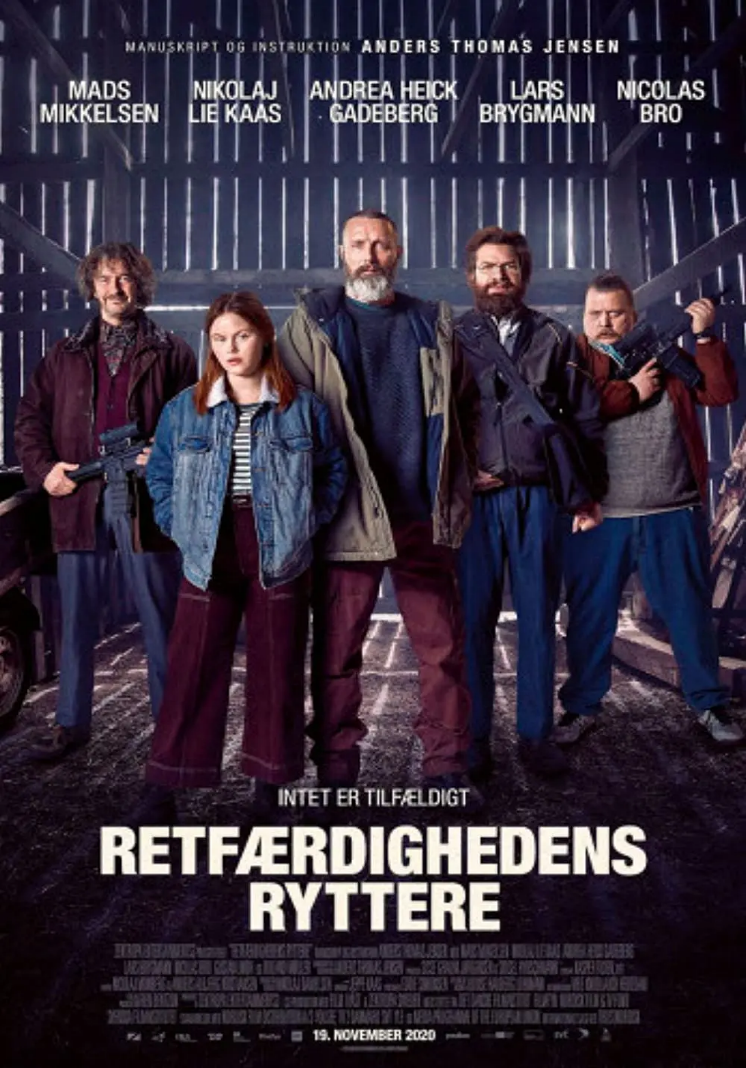Betoniyö Empty Mirror

This is a dream-like coming-of-age story that takes place in Helsinki. The film begins with a depressing dream in which Simo, a 14-year-old boy, dreams that a train has derailed from a bridge and fallen into the water, leaving him in a carriage surrounded by water and about to suffocate……. Waking up from his nightmare, the boy is in a real environment as dark and lonely as the dream. If you’ve seen Camus’ The Plague, you’ll be familiar with this feeling of despair, darkness and lifelessness; however, the film doesn’t give us a story as well-structured and detailed as The Plague, one that moves the reader both intellectually and emotionally.
As we follow Simo through the cold Helsinki, I was expecting a different level of vibration as he and his friends swim naked in the sea by a factory in the suburbs, looking out over the cold city they live in (a scene from “The Plague”); I was expecting a different level of vibration as he wanders the city at night with his brother, who is about to be imprisoned. “But I didn’t realize until the end that the film was an empty mirror that didn’t reveal anything. Although the themes of the city, architecture, space, life, humanity, nature and religion were all tried to be included in the director’s film, there were so many themes he wanted to discuss that they ended up being superficial, and “growth” was gone, leaving nothing impressive.
Apart from the atmosphere and theme, the film is also difficult to understand in terms of plot. It’s not that the plot is obscure, it’s that it’s not clearly articulated: it’s not like it wants to be like Malick and not have a plot, it has a lot to say, but it’s disrupted by pretentious lines and symbols (like the recurring mirror and pedophilia) that make it difficult for the audience to understand the director’s message as a whole. Simo’s brother, who is about to go to jail for some reason, has a group of friends and suffers betrayal and insulting revenge from his girlfriend; Simo’s friend, who disappears without feeling any plot or effect; the gentle uncle who lives across the street and goes to church to sing hymns, but takes Simo home to take strange pictures… …These characterizations, though all revolving around Simo, are messy. And each character seems to be set up for some aspect of the theme the director wants to express, and the symbolism is so strong that it loses its vitality as a character. And Simo himself, always with a thoughtful and confused expression, makes it hard for the audience to get closer. They are talking about drinking and the future, about their girlfriends and scorpions, and even about globalization …… but they are completely lost and confusing. Perhaps this is the director wants to express the confusion? That’s still too simple to consider “confusion”, right? The symbolic use of mirrors and water is so frequent that the symbolic role is completely lost in the end. Occasionally, there are beautiful big city vistas and scenes of urban spaces such as stations, bars, playgrounds and churches, but those careless fragments greatly weaken the feeling of the city. Moreover, whether it is the city or the suburbs, the lighting is too deliberate and looks very unnatural, like the feeling of building a scene in a studio in the 2 or 30s.
The film is based on a novel by a well-known Finnish author, and the director has been preparing to adapt the story for 30 years. However, the final effect is that the director feels very attached to and fascinated by the story, so he injects a lot of his own thoughts and ideas about the story into the film adaptation, instead of letting the story itself lose its focus.
Of course, it cannot be denied that the film has a very distinctive visual style: black and white composition, point light source. At first glance, it is still amazing, but as time progresses, under the effect of aesthetic fatigue, you will find that the selection of scenery is really lackluster, lighting is also very deliberate and rough. Perhaps this is the intention of the director (and also the cinematographer), but I personally really can not accept the natural environment in a large concentrated light source, the natural into a studio feeling. Especially in the latter part of the movie, this kind of lighting and photography is really uncomfortable for me.
Although the whole film is trying to enrich the image space, but the number of tricks is too little and too narrow, and the final effect is barren; although in the tone of the film even leaned towards the experimental film, but it is not, because it does not have any new things to experiment; the film discusses the sense of emptiness is certainly a good topic, but can not let the audience from the beginning to the end also in an endless emptiness ah, because the audience if you want If the audience wants emptiness, they can just live their own lives, so why bother to watch this movie?




